In-Touch with Keystone : September 2025
Welcome to the the September edition of In-Touch
Welcome to the September edition of In-Touch
Spring has arrived, and will hopefully bring some respite to what has been a long winter with a lot of colds and flu going around. We're looking forward to the longer days and warmer weather ahead.
In this issue of In-Touch, we focus on health insurance with non-PHARMAC coverage and explore how it could make all the difference in your treatment outcome. Please take a few moments to read about this important option for covering the gaps in your healthcare.
Nigel Latta's story
In 2024, well-known Kiwi psychologist and broadcaster Nigel Latta faced an unexpected diagnosis of inoperable stomach cancer. He was given just months to live, with access to advanced, non-PHARMAC medications available only through private health insurance.
Some of these medicines, like Ramucirumab, can cost up to $8,000 every two weeks. For most families, that price is out of reach. Thanks to his health insurance's non-PHARMAC cover, Nigel was able to begin treatment quickly, which may not have been possible in the public system.
In March this year, he shared that the original stomach tumour had virtually disappeared, and he could continue treatment indefinitely. He said he now expects to live for “years and years” - a significant turnaround from his earlier prognosis.
Nigel’s story is a reminder that health insurance isn’t just about treatment. It’s about time, choice, and hope.
Why non-PHARMAC cover is important
Many breakthrough cancer drugs aren’t publicly funded. Medical insurance with non-PHARMAC cover helps you access them when you need them most. This type of cover can include leading-edge therapies like precision radiotherapy, which targets cancer cells while sparing healthy tissue. Knowing you have cover reduces both financial and emotional strain during life’s hardest moments.
A health insurance overview
The Health Funds Association has produced a comprehensive overview of what health insurance is, how it differs from public healthcare, and how to understand your options when it comes to choosing the right cover. It's well worth a read if you're interested in learning more about private health insurance.
Closing the gaps in care
Private insurance can give you faster access to treatments not always available publicly, letting you stay in control of your care. It also helps make costly new options more achievable, while protecting your wider financial security, like your income or mortgage, if illness strikes. If you want to make sure you're properly covered for the unexpected, here's what to do next:
Review your current cover: does it include access to non-PHARMAC treatments?
Consider your risk tolerance: early access to treatment can change outcomes.
Talk to Keystone: explore options that fit your needs and circumstances.
Thanks for reading!
Thanks for reading this issue of In-Touch, and I hope you have a great September. If you have any questions about something you've read or you'd like some advice on personal insurance, feel free to contact Keith at Keystone using the details below.

